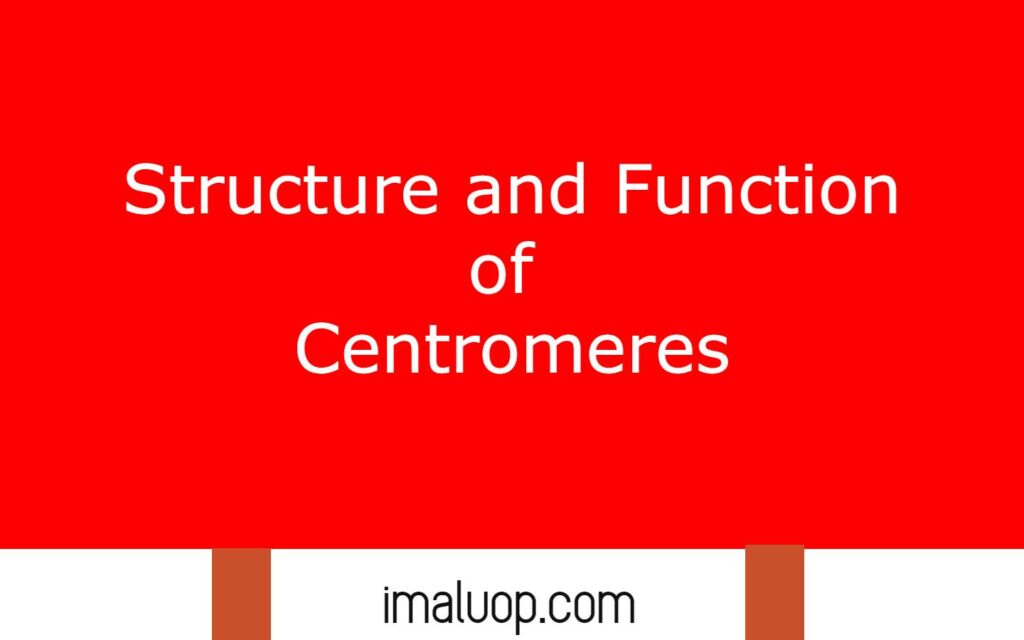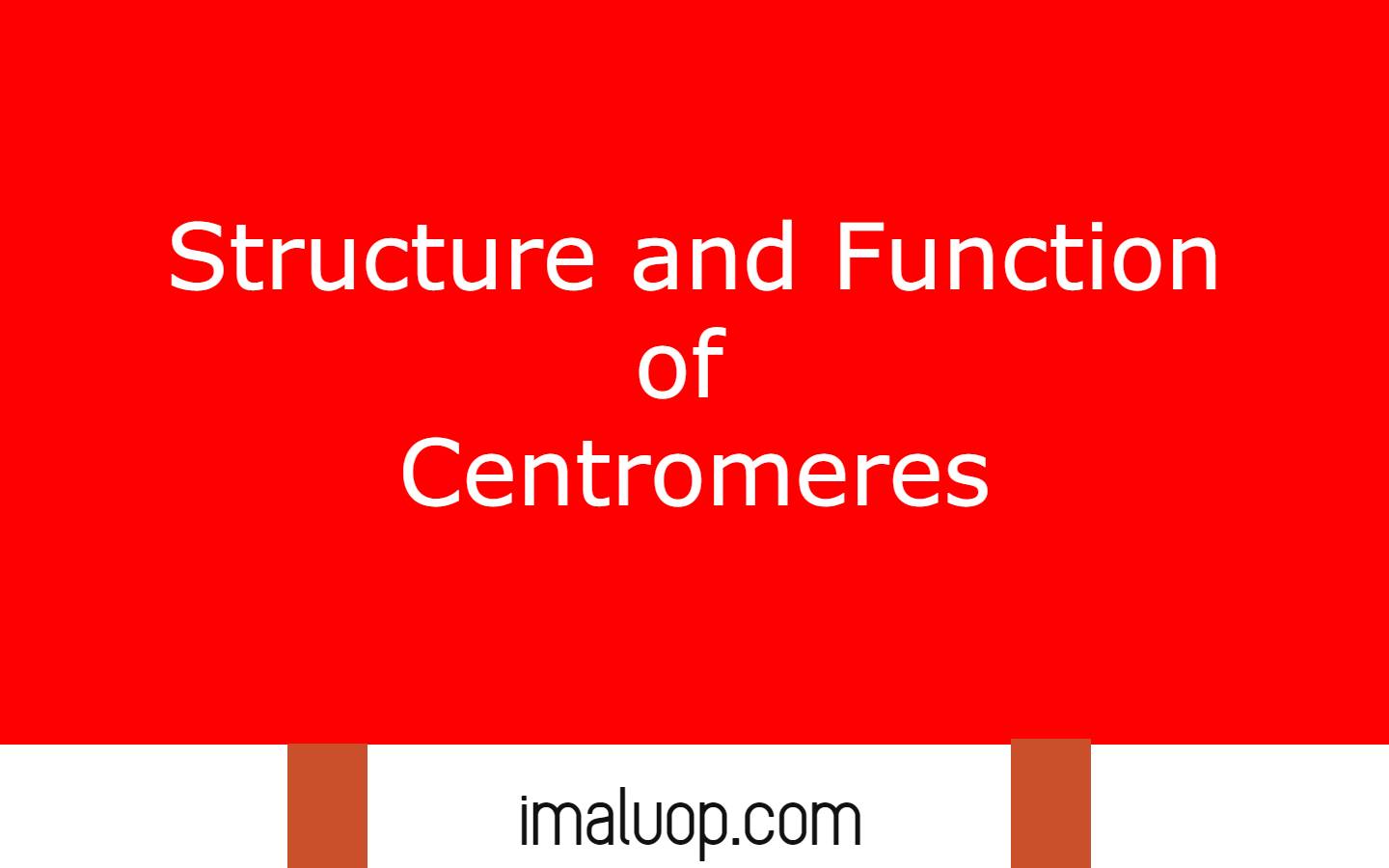Hi, now we are going to discuss about a special structure on chromosome which helps to move the chromosome during cell division by attaching chromosome to the spindle fibres, centromeres, structure and function of centromeres, its types below and we already discussed about different important cell organelles if you want you can also study them.
Table of Contents
Basic Introduction About Centromeres:
If you notice any image of a chromosome then you will observe that along the length of the chromosome a dense structure is present which gives a dark appearance due to its highly condensed structure.
The centromeres help to hold two sisters chromatid together and it may be present on the chromosome in different ways sometimes it present at middle, sometimes it present at one end or maybe present between the centre of end anywhere and its presence make the chromatid art into two parts, short arm p and long arm q.
Structure of Centromeres:
The dark appearance of centromeres under microscope is due to its special condensation where heterochromatin condensed is a special way by some DNA associated protein and form a kinetochore complex which present on either side of a chromatin and help to separate the sisters chromatid during the anaphase stage of cell cycle.
Different Types of Centromeres:
Point Centromeres:
In case of point centromeres a special DNA sequence is present on the heterochromatin in centromeres region and a specific protein present in the cell bind to that DNA sequence and now the mitotic spindle fibres attach to the protein bind in centromeres region of the chromosome.
In that case the attachment of mitotic spindle fibres with the centromeres only depends on the location of a specific DNA sequence on the chromosome and the protein also binds with that location without depending on any other factors.
Regional Centromeres:
In this case the binding of mitotic spindle fibres do not determined by any specific DNA sequence and it is commonly observed in human and most of the eukaryotic organisms where a special chemical changes occur on the DNA of chromosome by the action of some special enzymes and it creates a mark on the DNA called as “epigenetic mark” and this mark do not damage the genetic information on the DNA.
This epigenetic mark determines in which places on the chromosome protein will bind to create a complex for attachment of mitotic spindle fibres with the chromosome.

Function of Centromeres:
- Centromeres are a very important structure on chromosomes because during division of the cell the genetic material also copy and go each of the daughter cells but to move the chromosome in newly divided cells they need to be guided and centromeres help to distribute the chromosome in a dividing cell.
- The centromeres give an anchorage for the spindle fibres with pull and guide the chromosome to move in the correct direction so that each daughter cell gets one copy of the genome.
- Because to maintain cellular activity and for survival of a cell genetic material is very important and without centromeres it is very hard to distribute the chromosome in dividing cells and without centromeres many genetic disorders are observed during cell division.
- Without centromeres cell division becomes incomplete where the uneven distribution of chromosomes occurs and sometimes due to lack of centromeres the chromosome fails to distribute and causes cancer-like situations where the cell has an abnormal number of chromosomes.
- So if centromeres are not present on the chromosome then it is very difficult to multiply the number of cells and as the cell division is a very important event in reproduction so without centromeres reproduction will be affected which is very harmful for a species to survive for a long time.
Hi Everyone!!! Welcome to Imaluop. Imaluop always try to learn some new and he want to share to other people. Here we will try to learn various topics on Science, specially on Biological Sciences.
